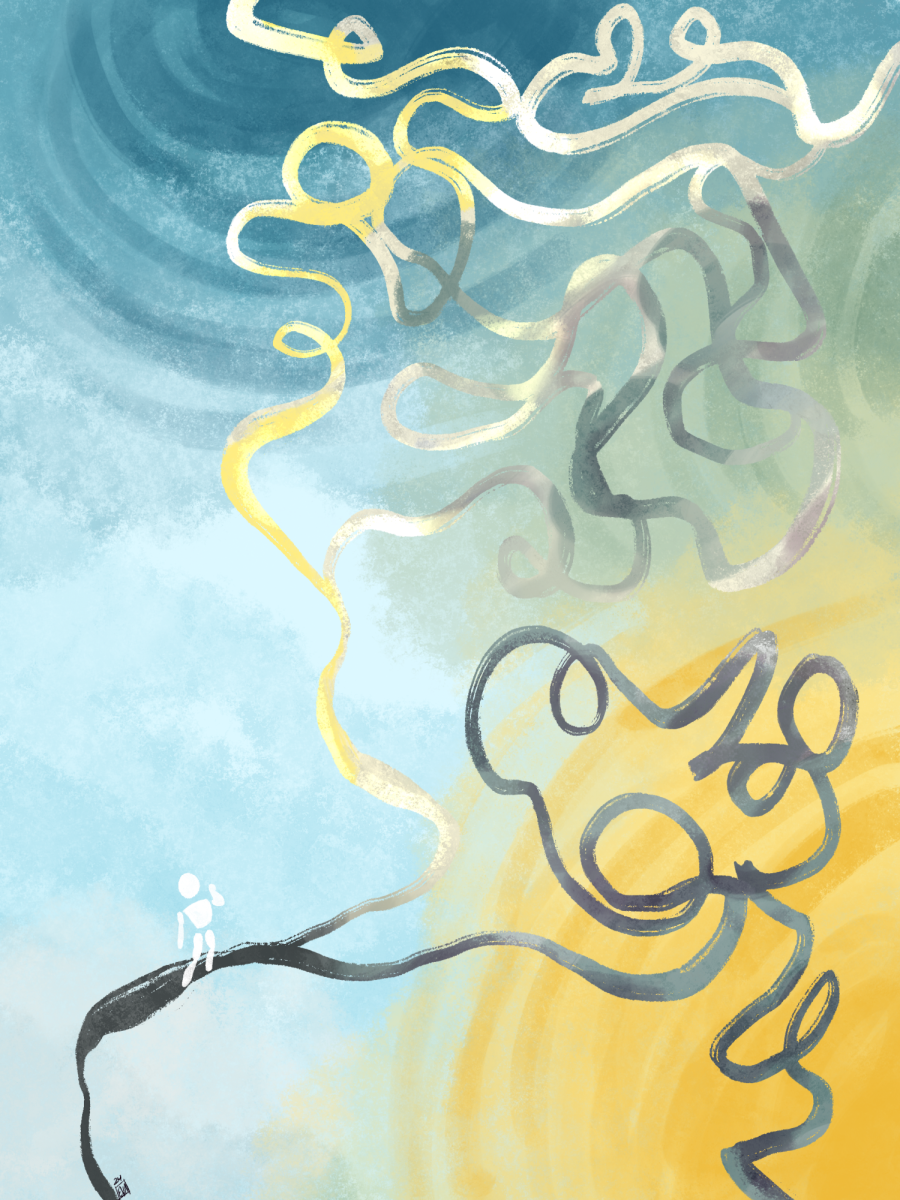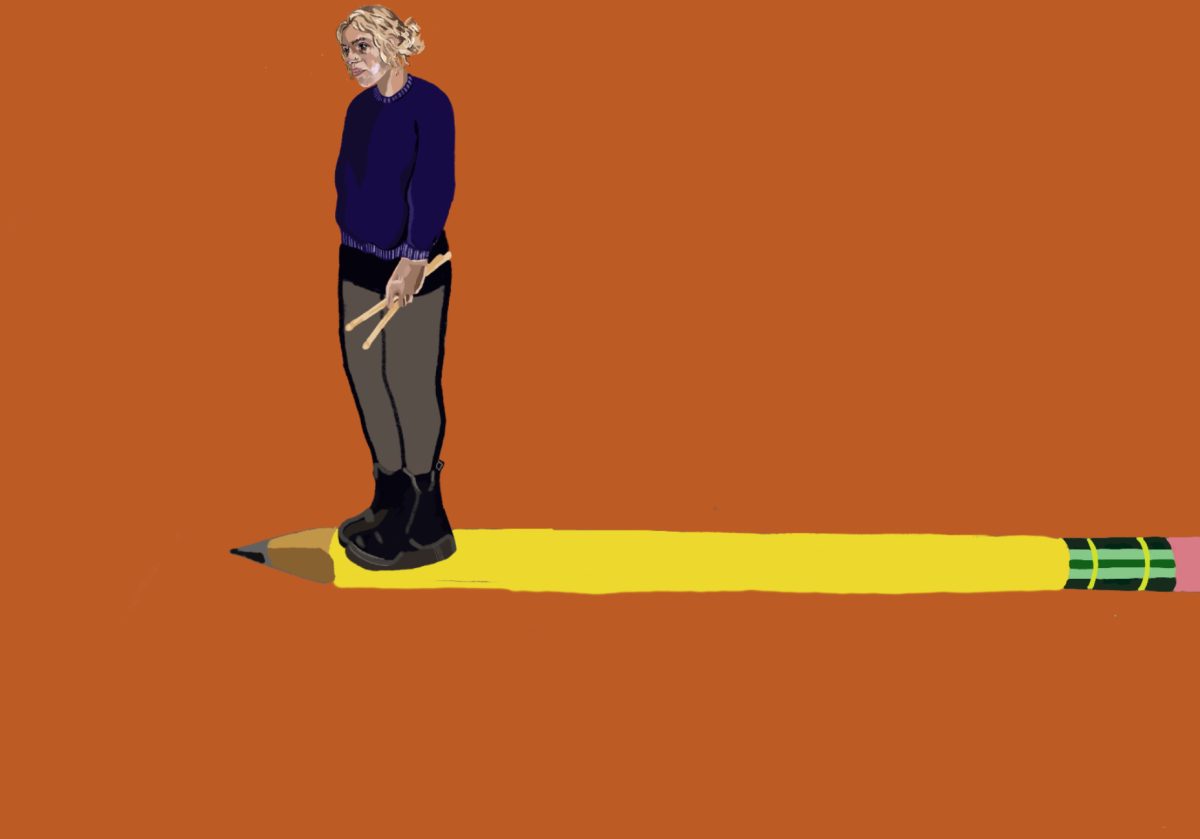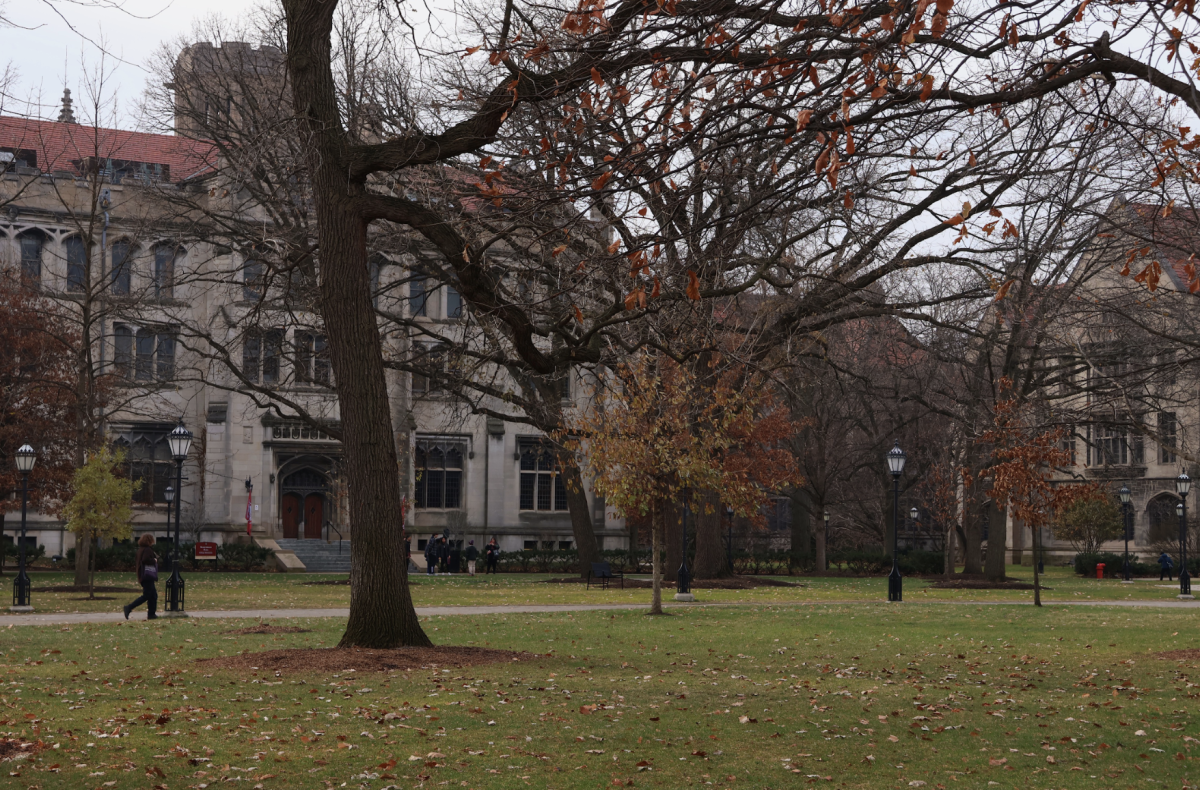During last week’s SG meeting, University administrators finally revealed where undergraduates’ $331 per quarter (that’s $993 per year, or $3,972 for four years) Student Life Fee goes. $13.24, or about four percent, goes towards supporting campus-wide activities. $82.75, or about 1/4, is redistributed to “student activities” by ORCSA (this section also goes toward smaller fees, like the one that funds the Dean-on-Call program). Both these fees seem reasonable—our campus and student activities are, by and large, fantastic, and the need for their primary users to support them financially makes perfect sense.
It’s the remaining 70 percent that goes toward “health and wellness”—a questionable category that administrators insisted at the meeting gets us access to “a lot” of services, including “physicals, acute and chronic care, flu vaccines, Pap smears, travel consultations, counseling, and workshops”—that students have a problem with.
First, there’s the cost. Even if we subtract the 30 percent of non–health-related expenses from the entire student life fee, we’re still left with a hefty $231.70 quarterly payment ($695.10 per year). This amount is higher than any other fee that undergraduates pay, save for the required, one-time first-year fee or that for late registration (and tuition, as we are all painfully aware).
Moreover, there are the incessant inconveniences. As of now, Health Services allows absolutely no walk-ins. Though appointment hours are limited to 8 a.m.–6 p.m. Mondays through Thursdays and 8 a.m.–5 p.m. on Fridays, we do have an urgent care clinic to tend to students who take ill during off-hours.
Or, it would, except that our “Urgent” Care Clinic’s hours are practically painful—8–11 a.m. on Saturdays—and are, almost nonsensically, appointment-based. How, pray tell, did anyone decide to call that nonsense “urgent?”
A number of questions were raised at the recent SG meeting. “Can you book an appointment at any time?” No. “Is there a way to allow walk-ins?” No. “Is there a way to do this online to make it more efficient?” Maybe. “But, it would involve a lot of work. It is important to talk to students first thing in the morning so we can determine how ill [they are].” Because, you know, it’s impossible to get sick after 11 a.m. on a Saturday. Imagine getting gastrointestinal distress at noon on a Saturday. Ha! But fret not: “Later this year” they’ll start staying open on Saturdays until noon. Maybe even till 1 p.m.! Do you think you can hold that stomach issue for a couple of months? (It would also be nice if you could remember to make an appointment by phone before it happens.)
Then there’s the fact that, for countless students, these services haven’t been helpful in the slightest. No diagnosis, no help, and no referral to someone who could diagnose or help. This is a particularly alarming reality given the number of health-related frustrations that have recently surfaced across campus, such as the norovirus outbreak and the prospect that students could be getting sick at our vermin-infested dining halls.
Let me clarify: The problem, I think, is not the existence of the Student Life Fee. Nor is it that all students are required to have health insurance. Though only about 55 to 70 percent of students use on-campus health services, no one knows whether or not they’ll ultimately fall into that group. It’s important for everyone to be insured against the unexpected bug, bleed, or fall. But it’s even more important for that protection mechanism to function, and to function well. It’s evident, however, that the services we’re being provided with are inadequate for our needs.
I posit that this problem isn’t unique to our university. Rather, our experience is but a smaller, less severe symptom of a greater national problem.
Let’s backtrack a little. First, those costs: To refer to some peer institutions, Brown’s yearly health services fee is $672 ($336 per semester)—not so different from ours, were it not for the fact that their health services are open all week long, for longer hours, and offer more diverse services. Stanford’s is $537 ($179 per quarter), for which students may make and cancel appointments online and schedule weekend appointments between 11 a.m. and 3 p.m. Plus, you know, Brown and Stanford’s dining halls don’t pose potentially critical health risks.
In other words, it’s clear that there are ways to make a similar (even lesser) amount of funding go towards far better services. But our University fees are nothing compared to the rates patients across the United States continue to pay in comparison to our first-world peers—costs that, despite being more than twice as high as any other developed country’s, still leave us with the 51st–highest life expectancy in the world, behind the likes of Bosnia and Herzegovina (#45), Jordan (#29), and Israel (#18), and dead last among wealthy nations.
Second, there are those inconveniences I mentioned earlier, which Health Services attributes to an understaffing problem that parallels our country’s shortage of doctors. In terms of doctors per capita, we are ranked at an even more dismal 52nd, behind our good friends Jordan (#51), Egypt (#39), and Israel (#20).
But aside from the issues of cost and inaccessibility, there is the greater issue of incompetence. Our “services” aren’t actually serving anyone. On both a national and campus level, it’s clear that the state of health services needs critical examination. But University administrators must recognize that although their problems are not unique, they have both the means and the responsibility to provide the quality of care their students desperately need.
Anastasia Golovashkina is a second-year in the College majoring in economics.








